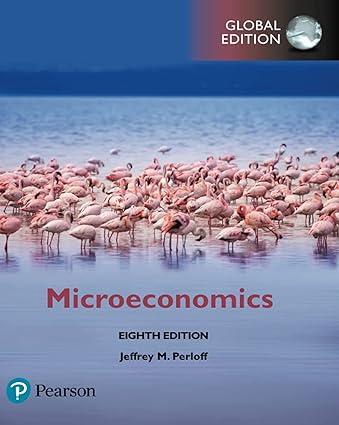Suppose that high-ability workers have a (40 %) share of the workforce ((theta=0.4)), the output that a
Question:
Suppose that high-ability workers have a \(40 \%\) share of the workforce \((\theta=0.4)\), the output that a high-ability worker produces for a firm is worth \(w_{h}=£ 450,000\) over a career, the output of a low ability worker is worth \(w_{l}=£ 300,000\), and the present value of the cost of a four-year university education (which signals high ability) is \(c\). For what values of \(c\) are both a pooling equilibrium and a separating equilibrium possible, and when do high-ability workers have higher net earnings in a separating equilibrium compared to a pooling equilibrium?
Fantastic news! We've Found the answer you've been seeking!
Step by Step Answer:
Related Book For 

Question Posted:





